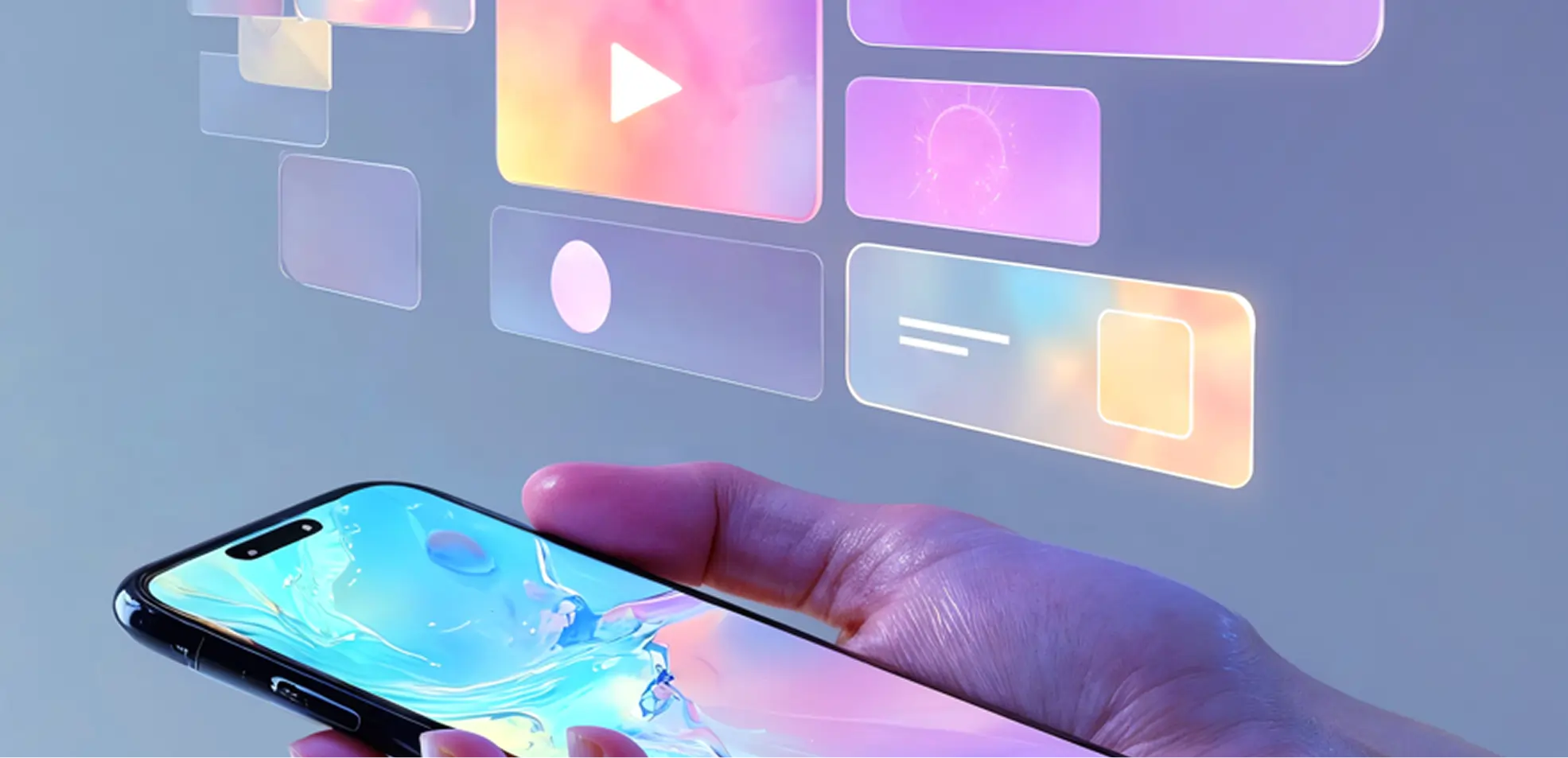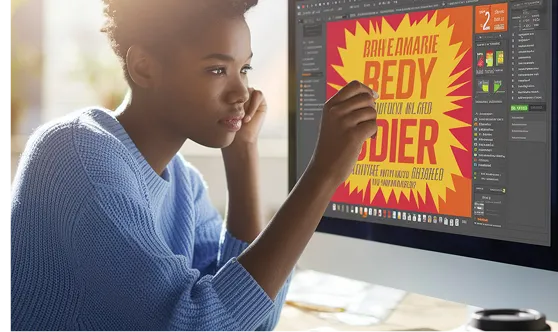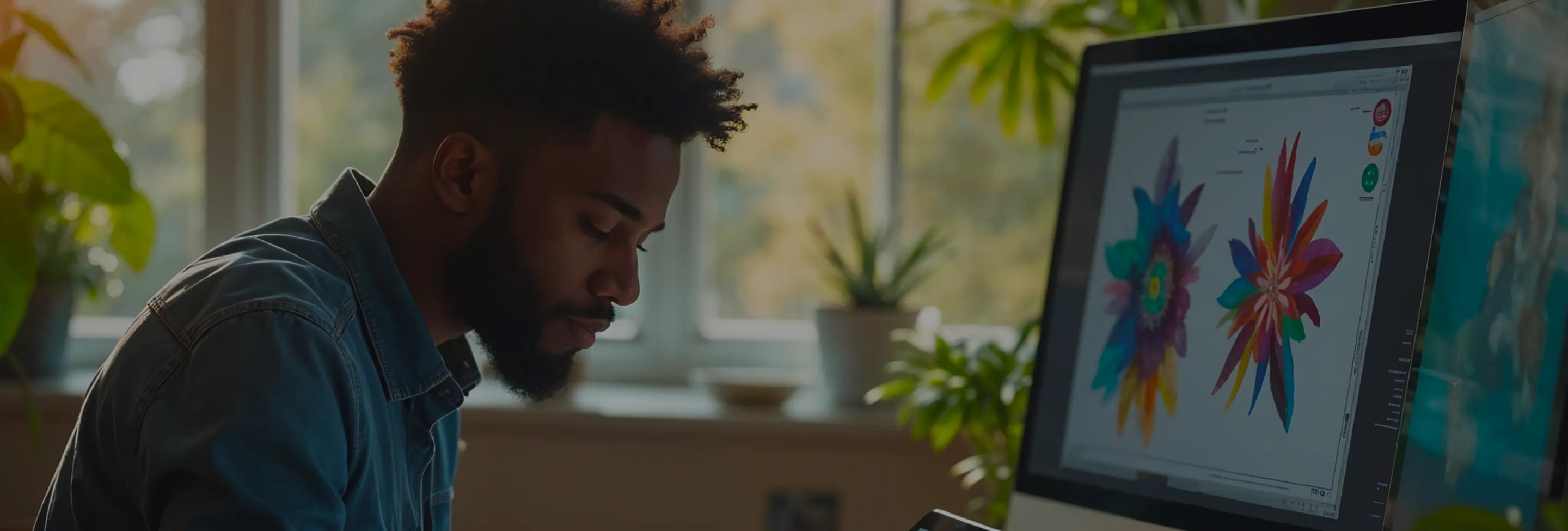
When launching a startup, making informed decisions about your user interface (UI) can spell the difference between rapid growth and stagnation. Our analysis of 2,000 startup product launches uncovered the most persistent UI myths that lead to costly mistakes. This article dispels these misconceptions, providing founders with actionable insights to design interfaces that truly resonate with users and drive success.
Question: Is adding more features to my startup's UI always beneficial for user engagement?
Answer:
Debunked: Adding more features does not inherently enhance user engagement and can often lead to a cluttered, confusing interface. Instead of focusing on quantity, prioritize quality and relevance of features based on user needs.
Real-World Example: Slack initially started with basic messaging features. By iteratively adding only the most requested functionalities, it maintained a clean and user-friendly interface, contributing to its widespread adoption.
Actionable Solution:
Common Misconception: Users will explore and appreciate a feature-rich application.
Highlight: A streamlined UI enhances usability and reduces the learning curve, leading to higher user satisfaction.
Question: Should my startup's UI use bright, vibrant colors to attract more users?
Answer:
Debunked: While bright colors can grab attention, overusing them may overwhelm users and distract from the core functionality. The effectiveness of color largely depends on your brand identity and the emotional response you want to evoke.
Real-World Example: Instagram uses a vibrant gradient in its logo but maintains a clean, minimalistic interface to keep the focus on user-generated content.
Actionable Solution:
Common Misconception: More vibrant colors automatically lead to better engagement.
Highlight: A balanced color scheme can enhance the overall aesthetic without compromising usability.
Question: Is UI design solely focused on making the product look good?
Answer:
Debunked: UI design encompasses both aesthetics and functionality. A visually appealing interface must also be intuitive and facilitate seamless user interactions.
Real-World Example: Apple's iOS is renowned for its elegant design, but its success is also due to its highly intuitive navigation and user-friendly features.
Actionable Solution:
Common Misconception: A beautiful UI will automatically result in high user satisfaction.
Highlight: Functionality and usability are as critical as visual appeal in effective UI design.
Question: Does adopting a mobile-first design approach restrict the functionality of my application?
Answer:
Debunked: Mobile-first design encourages simplicity and prioritization, which can lead to more efficient and user-focused features. It does not inherently limit functionality but rather ensures that the most critical features are accessible on all devices.
Real-World Example: Twitter's mobile app focuses on core functionalities like tweeting, retweeting, and direct messaging, providing a streamlined experience without unnecessary features.
Actionable Solution:
Common Misconception: Mobile-first design sacrifices features to fit smaller screens.
Highlight: Prioritization in mobile-first design can lead to a more focused and efficient user experience.
Question: Should my UI offer extensive customization options to cater to all user preferences?
Answer:
Debunked: While some users appreciate customization, offering too many options can complicate the interface and overwhelm users. It's essential to balance flexibility with simplicity.
Real-World Example: Google Workspace offers customization options for layouts and themes, but maintains a consistent core interface to ensure ease of use across varying user preferences.
Actionable Solution:
Common Misconception: More customization leads to higher user satisfaction.
Highlight: Controlled customization can improve user experience without compromising usability.
Question: Do animations negatively impact the performance and speed of my startup's UI?
Answer:
Debunked: When implemented thoughtfully, animations can enhance the user experience by providing visual feedback and guiding user interactions without significantly affecting performance.
Real-World Example: Duolingo uses subtle animations to make language learning engaging without causing performance issues, resulting in higher user retention.
Actionable Solution:
Common Misconception: All animations degrade UI performance.
Highlight: Well-designed animations can improve usability and user satisfaction without compromising speed.
Question: Is it necessary for my startup to have a completely unique UI to stand out in the market?
Answer:
Debunked: While uniqueness can help differentiate your product, adhering to established design conventions can enhance usability and meet user expectations. Striking the right balance is key.
Real-World Example: Airbnb's UI incorporates familiar design patterns from other platforms, ensuring ease of use while adding unique elements that reflect its brand identity.
Actionable Solution:
Common Misconception: A highly unique UI is the best way to attract and retain users.
Highlight: Familiarity in UI design fosters user comfort and ease of adoption, which are crucial for user retention.
Question: Should I invest in implementing dark mode for my startup's UI, or is it just a passing trend?
Answer:
Debunked: Dark mode is more than a trend; it offers practical benefits such as reduced eye strain, better battery life on OLED screens, and enhanced visibility in low-light environments. It can also cater to user preferences, increasing overall satisfaction.
Real-World Example: Twitter offers dark mode, catering to users who prefer it for aesthetic reasons and improved readability in different lighting conditions, contributing to increased usage.
Actionable Solution:
Common Misconception: Dark mode is only preferred by a small subset of users.
Highlight: Offering dark mode can enhance user experience and accommodate diverse user preferences.
Question: Do I need to use high-resolution graphics and images to ensure my startup's UI looks professional?
Answer:
Debunked: While high-resolution graphics can enhance visual appeal, they are not the only factor that contributes to a professional UI. Consistency, clean design, and usability are equally important.
Real-World Example: Basecamp's UI relies on simple, clean graphics that prioritize functionality and ease of use, maintaining a professional appearance without relying on high-resolution images.
Actionable Solution:
Common Misconception: High-resolution graphics automatically make a UI look professional.
Highlight: Professionalism in UI design is achieved through a combination of visual clarity, consistency, and user-centric functionality.
Question: Can my small startup skip extensive user testing in the UI design process without affecting the final product?
Answer:
Debunked: User testing is crucial at all stages of the UI design process, regardless of startup size. Early and continuous testing helps identify usability issues, ensuring the product meets user needs effectively.
Real-World Example: Dropbox conducted extensive user testing even in its early stages, allowing them to refine their UI based on real user feedback, which was instrumental in scaling their user base.
Actionable Solution:
Common Misconception: User testing is resource-intensive and only beneficial for large companies.
Highlight: Continuous user testing fosters a user-centric design, enhancing the product's effectiveness and market fit.
Dispelling these UI myths can empower startup founders to make informed design choices that prioritize user experience and drive growth. By focusing on functionality, user-centric design principles, and continuous testing, startups can create interfaces that not only look good but also perform optimally in meeting user needs. Avoiding these common misconceptions sets the foundation for a successful and scalable product.
Related Questions:
Important Note: Always keep your user's needs at the forefront of your UI design process. Regularly soliciting and integrating user feedback can help you navigate and avoid common pitfalls.
/* Example CSS for toggling dark mode */
body {
background-color: #ffffff;
color: #000000;
transition: background-color 0.3s, color 0.3s;
}
body.dark-mode {
background-color: #121212;
color: #ffffff;
}
Troubleshooting Tip: If your dark mode implementation causes readability issues, verify the contrast ratios of text and interactive elements against the background to ensure compliance with accessibility standards.




Subscribe to our newsletter to receive $100 off your first month of Tapflare's flat rate unlimited design and development service. Your coupon code will be sent to your email.